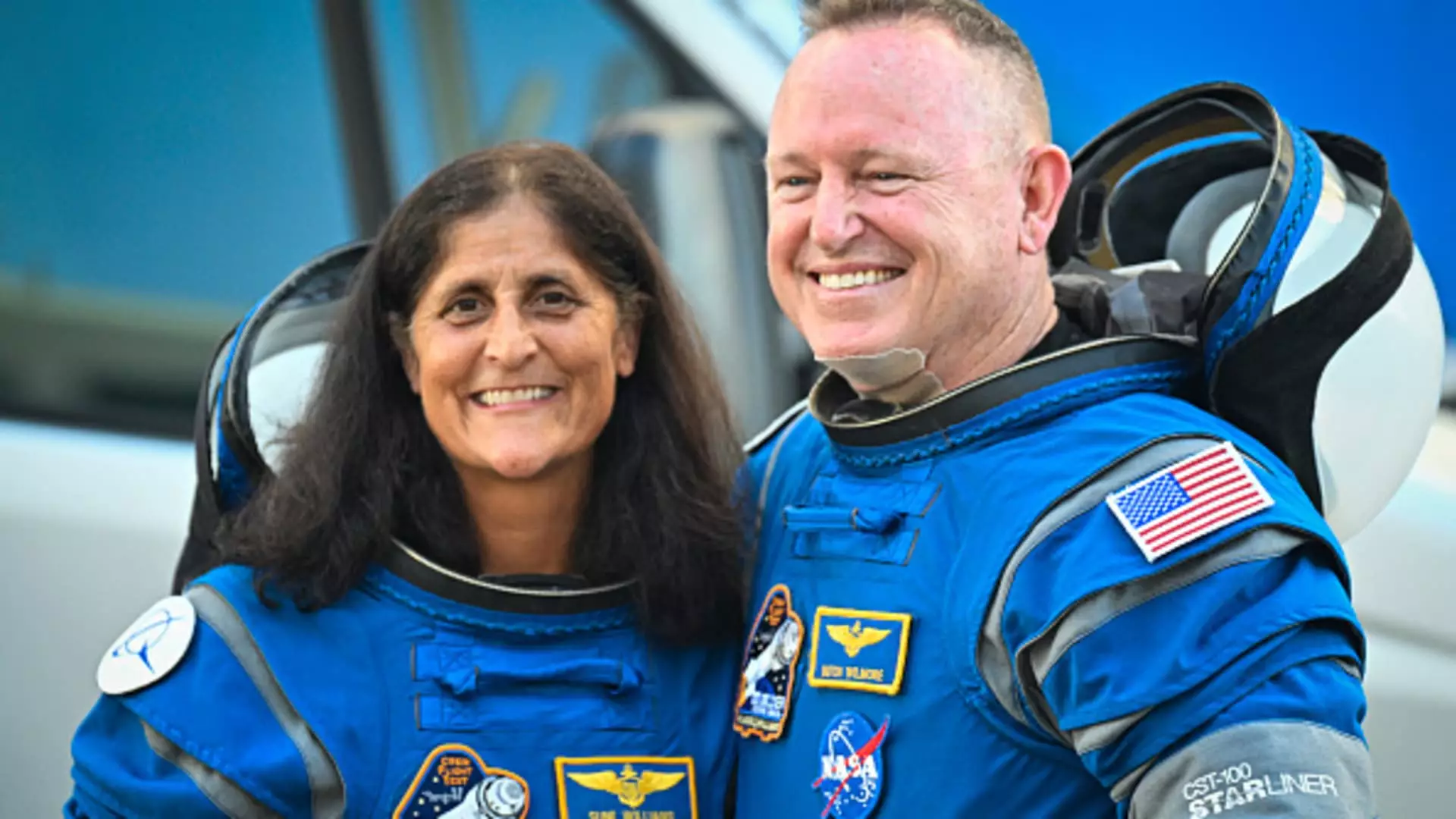With NASA astronauts currently aboard the International Space Station longer than anticipated, uncertainty looms about their return to Earth. The primary option for returning the crew to Earth remains Boeing’s Starliner capsule, despite acknowledgment of potential alternatives by NASA’s leadership. The Starliner capsule, named “Calypso,” has already spent 36 days in space with NASA astronauts Butch Wilmore and Suni Williams on board, marking its first crewed flight.
Boeing and NASA are currently conducting additional testing in New Mexico to address a faulty propulsion system issue that arose during the spacecraft’s mission to dock with the ISS. The testing aims to ensure that the thruster technology is functioning correctly and that no damage has been caused by the previous complications. The anticipated return of Starliner by the end of July is contingent upon the successful completion of these tests, although replicating the conditions experienced in flight has proven challenging for the teams in White Sands.
While the first option for returning the astronauts is still Starliner, SpaceX’s Crew Dragon remains a potential contingency plan in case the Starliner needs assistance. NASA’s Commercial Crew manager, Steve Stich, emphasized the agency’s preparedness to explore alternative options if necessary. However, the decision to rely on SpaceX’s capsule for the crew’s return has not been finalized, as the teams focus on resolving the testing challenges with Starliner.
Starliner, once considered a competitor to SpaceX’s Dragon, has faced various setbacks and delays that have relegated it to a secondary position for NASA. The spacecraft’s reliability and performance issues have diminished its standing in comparison to SpaceX’s proven track record of successful missions to the ISS. As SpaceX and Boeing continue to alternate crewed flights to the space station, the upcoming Starliner crew flight test represents a critical milestone in NASA’s certification process for Boeing’s spacecraft.
Despite the challenges and uncertainties surrounding Starliner’s current mission, the crew aboard the spacecraft remains optimistic about their return to Earth. Both Wilmore and Williams express confidence in the testing procedures being conducted to ensure a safe journey back home. As the teams in White Sands work diligently to address the thruster issues and complete the necessary inspections, the fate of the Starliner crew hangs in the balance until a clear path for their return is established.
The extended stay of NASA astronauts aboard Boeing’s Starliner has raised questions about the spacecraft’s readiness for crewed missions. The impending return of the crew to Earth hinges on the successful completion of testing and inspections to address the propulsion system issues encountered during the mission. While uncertainties persist about the reliability of Starliner, NASA and Boeing continue to collaborate to overcome the challenges and prepare for the spacecraft’s eventual return.

